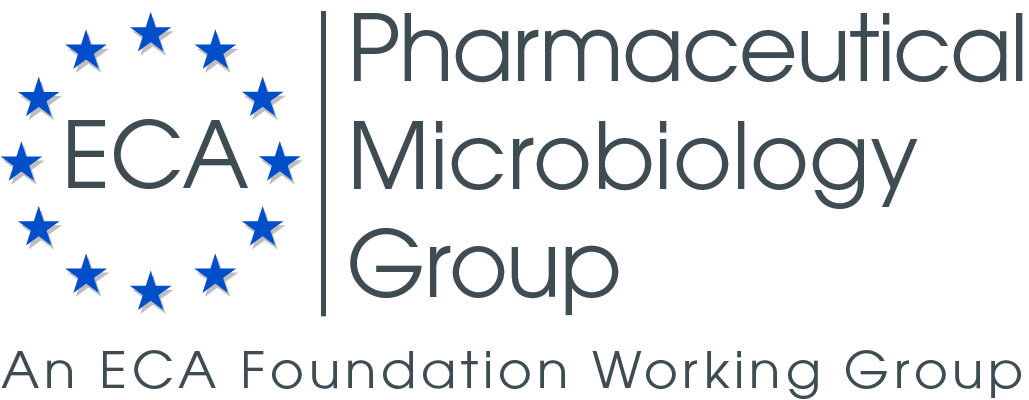|
Scientists at the U.S. Food and Drug Administration (FDA) have confirmed that plasma specimens are well-suited for detecting the genetic material of hepatitis C virus (HCV) in potential blood donors who are infected with the virus. Plasma is the straw-colored, liquid part of the blood in which red cells, white cells and other blood components are suspended. HCV can cause serious inflammation of the liver, liver dysfunction, liver cancer, and in some cases death. HCV infection may remain latent for a long period and may not show any symptoms for 20 or 30 years. The virus can be transmitted through blood and blood components from donors who appear healthy but carry the virus. NAT tests directly detect genetic material of viruses or other infectious microorganisms. This test can detect HCV within about a week after infection, while tests that identify antibodies against HCV may take about seven weeks for a positive test after infection. Previously, other scientists have studied the amount of HCV in whole blood, plasma, and red blood cells in order to develop improved ways for confirming whether a patient with liver disease is infected with HCV and for monitoring patients being treated for the viral infection. Such studies produced contradictory results. Some studies concluded that relatively more HCV RNA was present in whole blood than in any individual blood component. Others found no significant difference between whole blood and plasma. The aim of the FDA study was to investigate which parts of the blood contain HCV and to determine the levels of detectable HCV genetic material in whole blood, in plasma, and in red blood cells. Hence, the study evaluated whether or not plasma was the most appropriate sample to perform screening for HCV in the donated blood. Plasma is currently used as the testing source of HCV genetic material by nucleic acid test (NAT) screening assays. The FDA finding shows that current NAT assays used by blood donation facilities to identify HCV genetic material in the plasma of donated blood are adequate. In turn, this means that when using NAT, it is not necessary to change from testing plasma to testing whole blood, or blood components (e.g., red blood cells), since that change would not enhance HCV detection. The results of the present FDA study are important because current NAT tests used to screen blood donors are performed using only plasma as the test sample. The FDA study shows that testing cellular components of blood does not increase sensitivity of HCV detection in infected donors. According to the finding NAT tests of plasma alone can adequately detect HCV genetic material in infected donations. This provides greater assurance that this current test may be sufficient to identify blood from donors that are infected with HCV. Title of the Study: Distribution of hepatitis C virus in circulating blood components from blood donors, Vox Sanguinis, Published online on March 9, 2012, DOI: 10.1111/j.1423-0410.2012.01598.x , by Caren Chancey, Valerie Winkelman, John B. Foley, Erica Silberstein, Andréa Teixeira-Carvalho, Deborah R. Taylor and Maria Rios
published at Vox Sanguinis. Compiled by
Axel H. Schroeder
CONCEPT HEIDELBERG (a service provider entrusted by the ECA Foundation)
|



